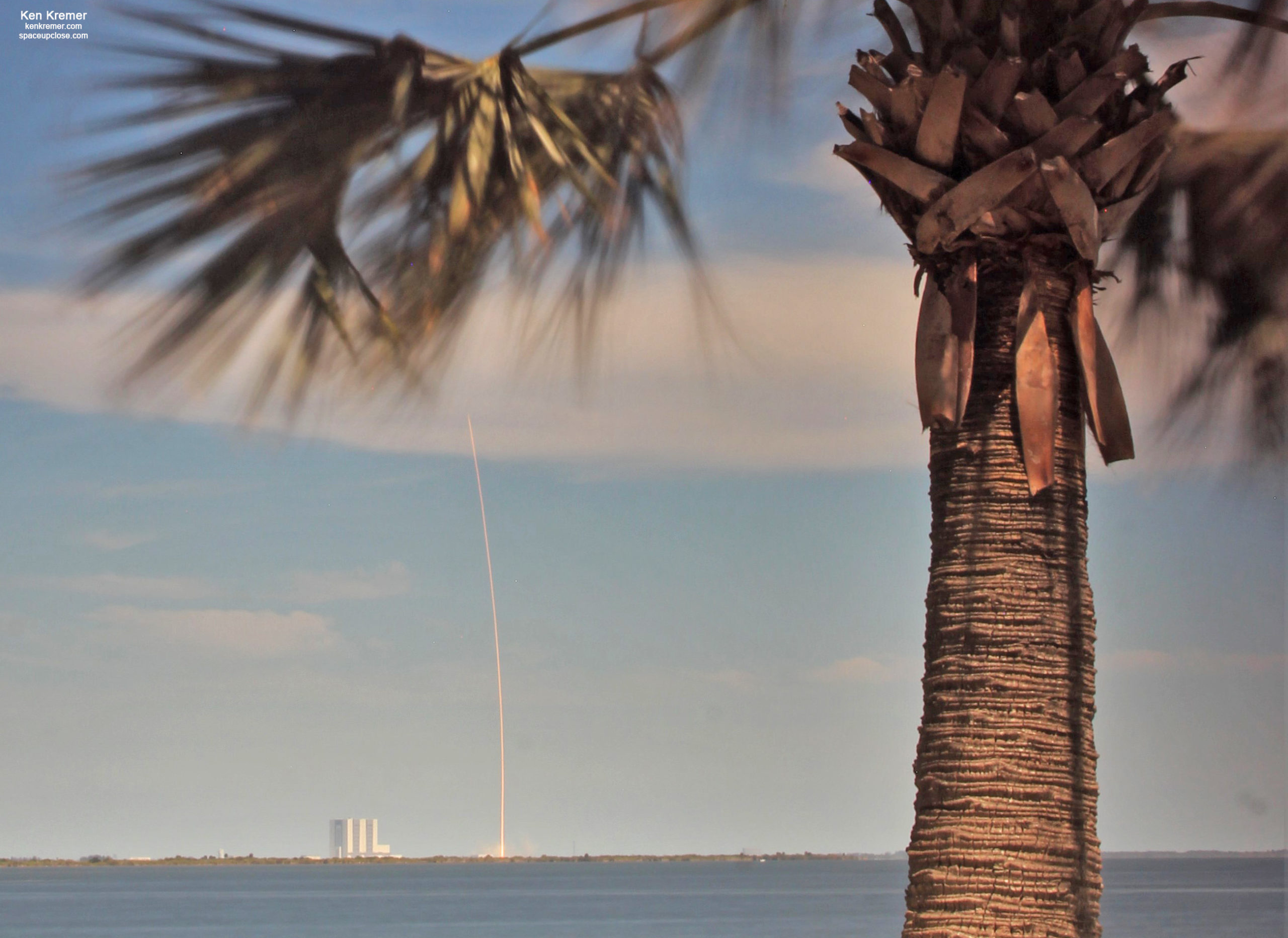
For SpaceUpClose.com & RocketSTEM
TITUSVILLE, FL – The relentless SpaceX steam roller of launches continued this afternoon as the 6th Falcon 9 liftoff in 5 weeks took flight with the picture perfect blastoff of another batch of Starlink satellites under sunny skies from Florida’s Spaceport – thereby building out the ever expanding constellation of broadband internet relays to over 1700 delivered to low Earth orbit.
Moreover, one of the payload fairing halves encapsulating the payload on the Starlink mission dubbed L28 was recycled for a record setting fifth time!
Flawless liftoff of the barely sooty Falcon 9 on the 29th dedicated Starlink mission took place at 2:59 p.m. EDT, or 1859 GMT from Space Launch Complex 40 (SLC-40) at Cape Canaveral Space Force Station in Florida during an instantaneous launch window on May 26.
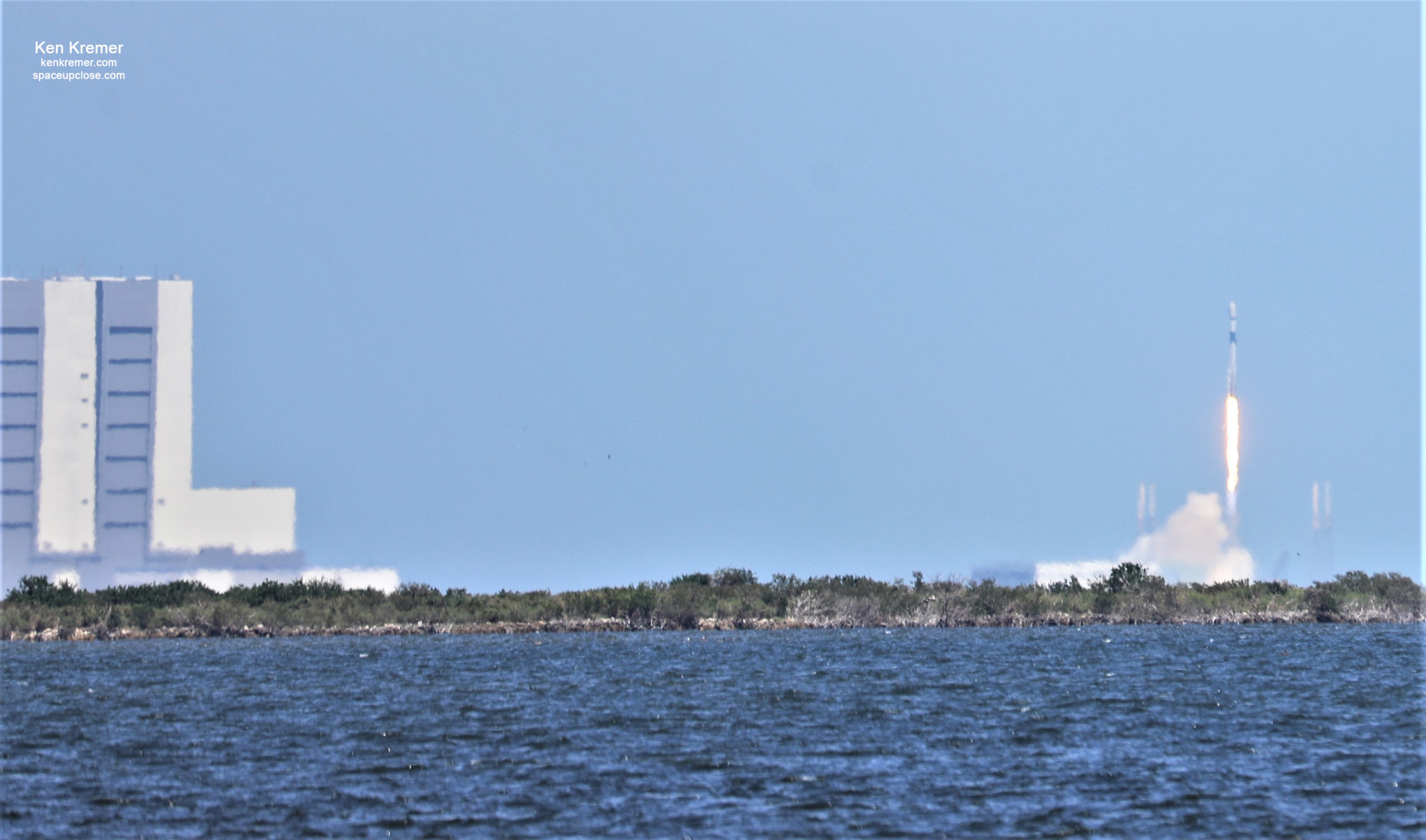
This relatively new ‘flight-proven’ Falcon 9 booster B1063 flew on only its second mission.
Eight and a half minutes later Falcon 9’s veteran first stage nailed another upright propulsive touchdown on the “Just Read the Instructions” (JRTI) droneship, which was awaiting located along the northeasterly trajectory in the Atlantic Ocean.
The 229-foot-tall (70-meter) Falcon 9 soared into virtually clear blue pre sunset skies with barely a wisp of clouds and successfully lofted the 29th Starlink internet satellite mission with five dozen Starlinks encapsulated inside the recycled nose cone to low Earth orbit (LEO) from the Florida Space Coast.
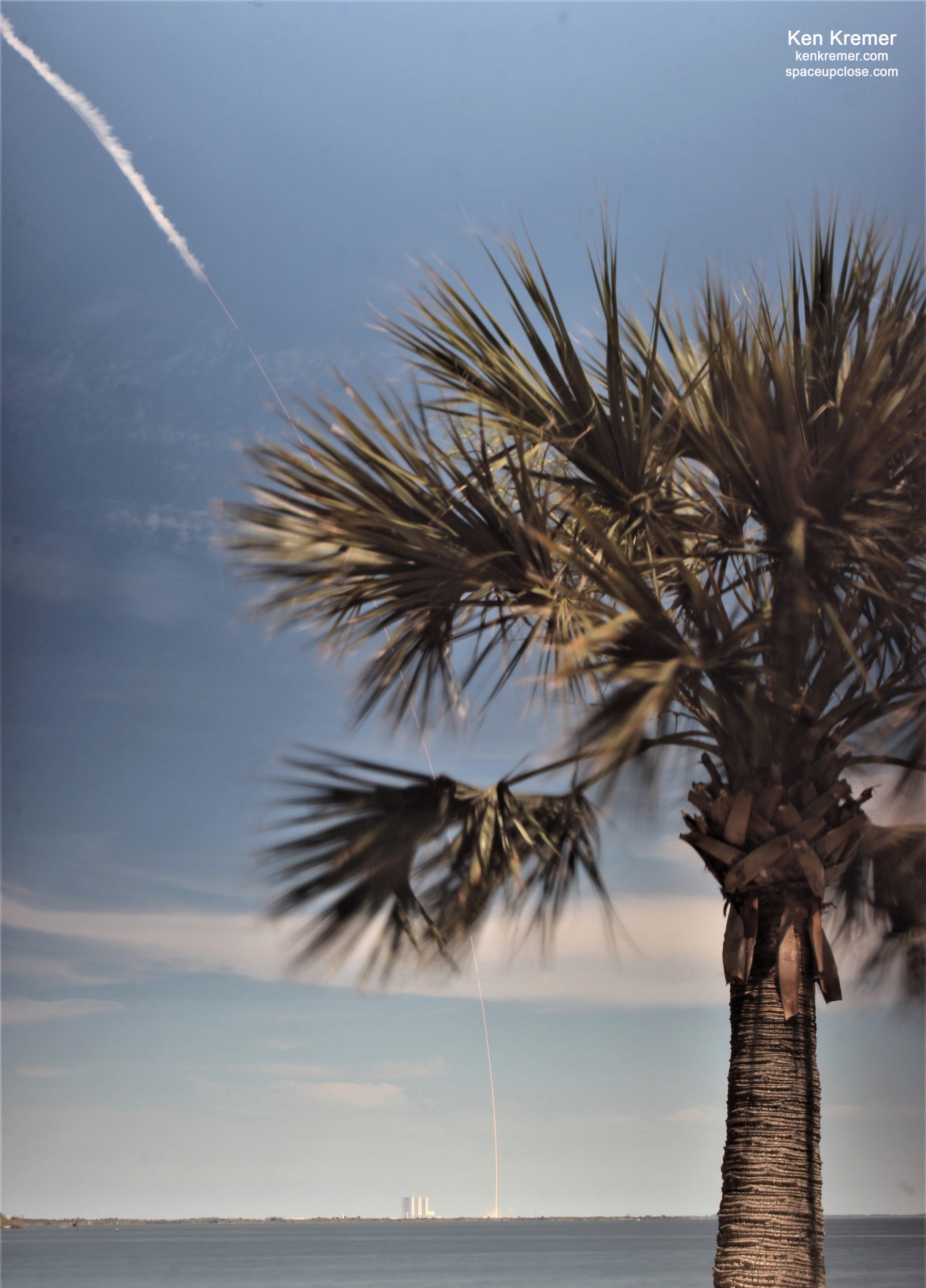
The payload aboard the Starlink L-28 mission comprised 60 Starlink satellites with no rideshare payloads as was the case with last launch last week featuring the Capella Synthetic Aperture Radar (SAR) satellite, and Tyvak-0130.
Apparently, this about completes the first shell of Starlink satellites needed to soon commence commercial high-speed, low-latency broadband internet service – which will eventually consist of well over 10,000 satellites for eventually expanding to global service.
All 9 Merlin 1D first stage engines ignited to generate approx. 1.7 million pounds of liftoff thrust fueled with liquid oxygen and RP-1 propellants that began propellant loading at T Minus 35 minutes.
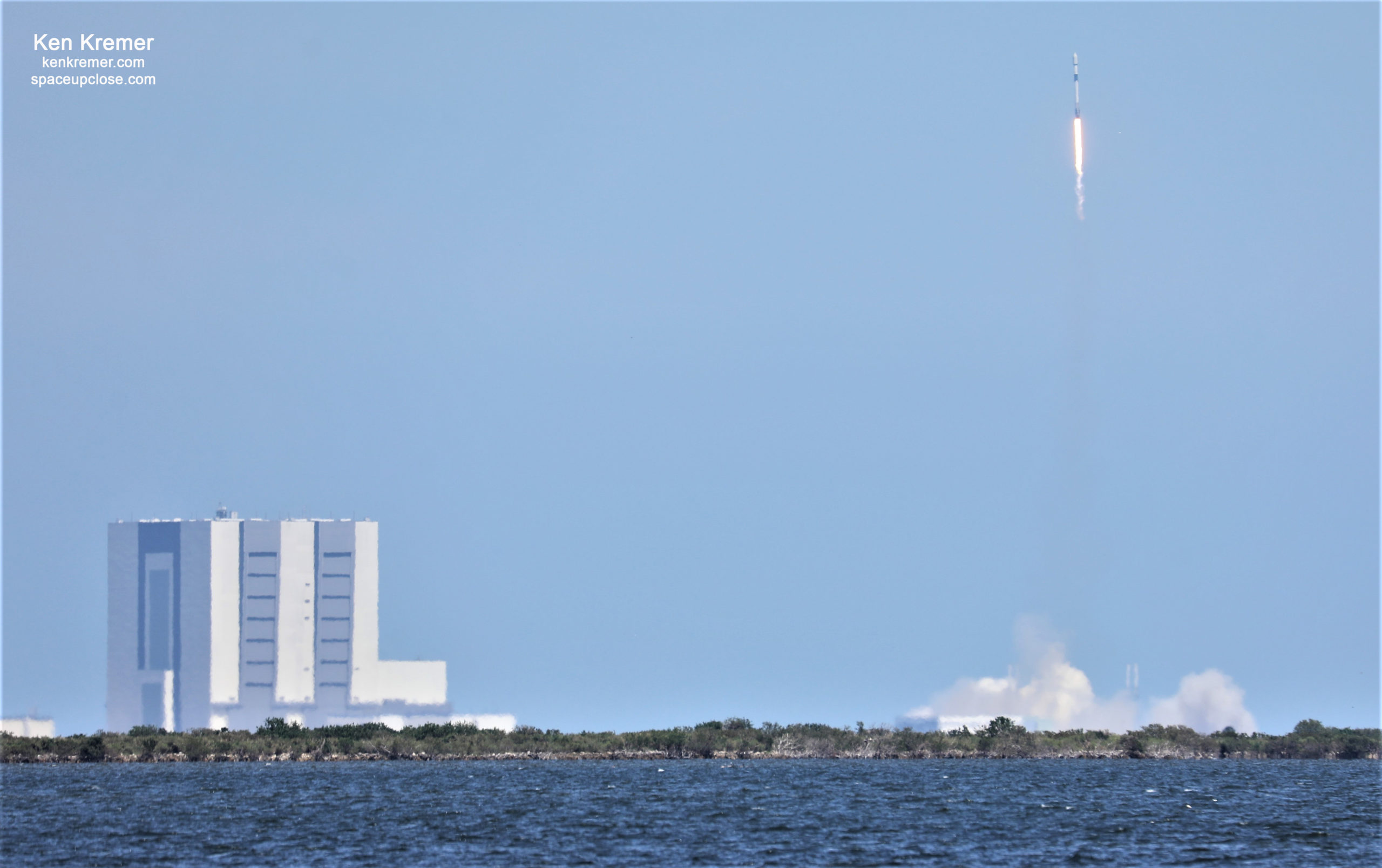
SpaceX webcast the Starlink L28 mission live beginning about 15 minutes prior to liftoff.
Enjoy our photos of the Falcon 9 launch taken by the Space UpClose team of Ken Kremer and Jean Wright
Check back as the gallery grows.
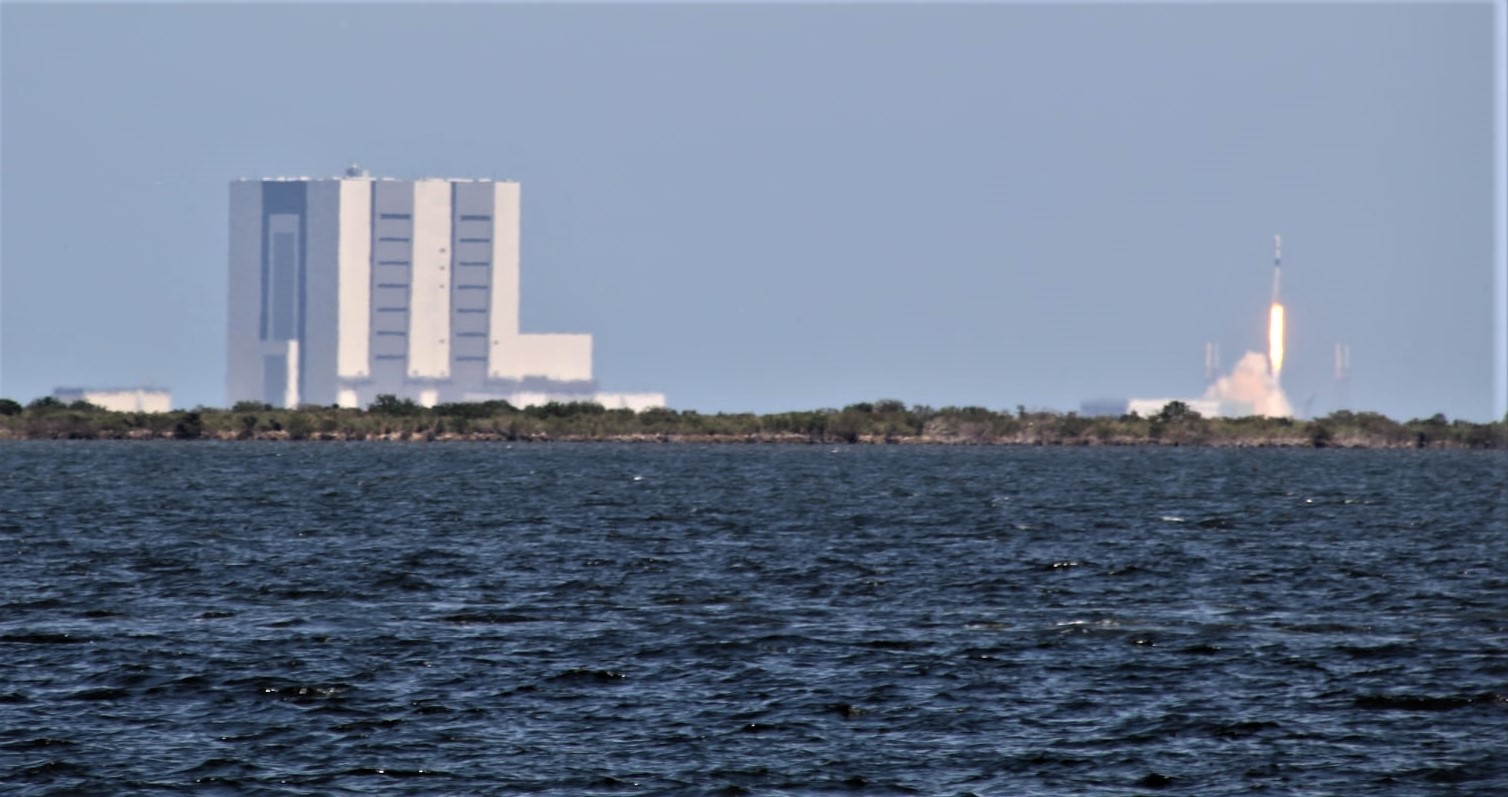
The mission marked the 16th launch of a Falcon 9 already this year over a span of just 5 months time.
With this afternoons launch SpaceX has continued its unrelenting steamroller pace of six Falcon 9 launches in 5 weeks occurring on average every 9 days.
The prior 5 launches took place in April and May.
The sequence began when SpaceX launched a used Falcon 9 on April 23 on the Crew-2 mission of 4 astronauts for NASA to the ISS. Check out our articles/photos
This was followed by 5 Starlink missions on April 28 as well as May 4, May 9, May 15 and today May 26.

The overall mass of the Starlinks is approximately 34,400 pounds (15.6 metric tons).
The 60 Starlinks were deployed as planned all at once about 1 hour and 3 minutes after liftoff in this SpaceX video tweet:
Deployment of 60 Starlink satellites confirmed pic.twitter.com/qBtLpzV9ya
— SpaceX (@SpaceX) May 26, 2021
Falcon 9’s first stage booster B1063 previously supported a single flight on the Sentinel-6A mission for the Michael Freilich ocean science surveillance satellite in November 2020 from Vandenberg AFB, California.
This droneship landing counts as the 85th landing to date by land or by sea.
The two-stage Falcon 9 rocket launched on a northeasterly trajectory from Cape Canaveral and successfully targeted to deliver the 60 Starlinks to an initial transfer orbit at an altitude of about 182 miles (293 kilometers) and an inclination of about 53 degrees to the equator.
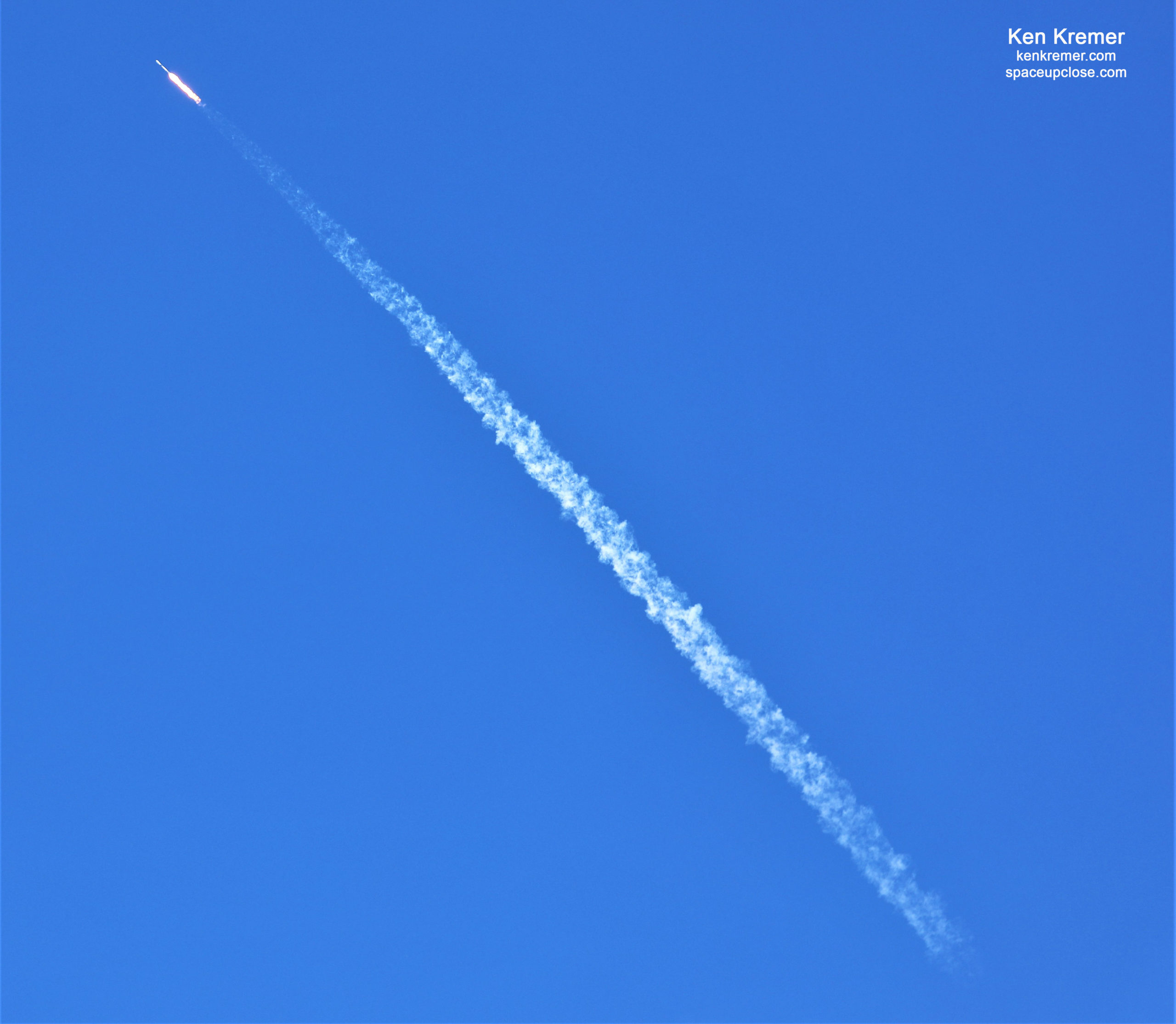
Their orbits will be raised over coming weeks to join the rest of the Starlink constellation orbiting at about 341 miles (550 kilometers) above Earth.
Following stage separation at about two and a half minutes, SpaceX Falcon 9’s first stage safely touched down on the ‘Just Read The Instructions ‘ (JRTI ) droneship which was prepositioned in the Atlantic Ocean off the coast of the Carolina’s some 400 miles (640 km) northeast of the launch site.
Watch this droneship landing video tweeted by SpaceX:
Falcon 9’s first stage has landed on the Just Read the Instructions droneship – SpaceX’s 85th landing of an orbital class rocket booster! pic.twitter.com/LeZEBX7prY
— SpaceX (@SpaceX) May 26, 2021
Both payload fairings are also reused.
One half of Falcon 9’s fairing previously supported four Starlink missions – thus this is its fifth use. The other fairing half previously supported a Starlink mission and the Transporter-1 mission.
Rather remarkably this launch also counts as the 40th Falcon 9 mission to fly at least one reused payload fairing half since November 2019.
Today's flight will mark the 40th time SpaceX has reflown Falcon fairing halves since November 2019
— SpaceX (@SpaceX) May 26, 2021
SpaceX has deployed a combination of fairing catcher ships (now retired) to catch the halves midair descending slowly via parachute and other conventional vessels to scoop them out of the corrosive sea waters. post splashdown
This SpaceX graphic shows the launch and landing sequence of events:
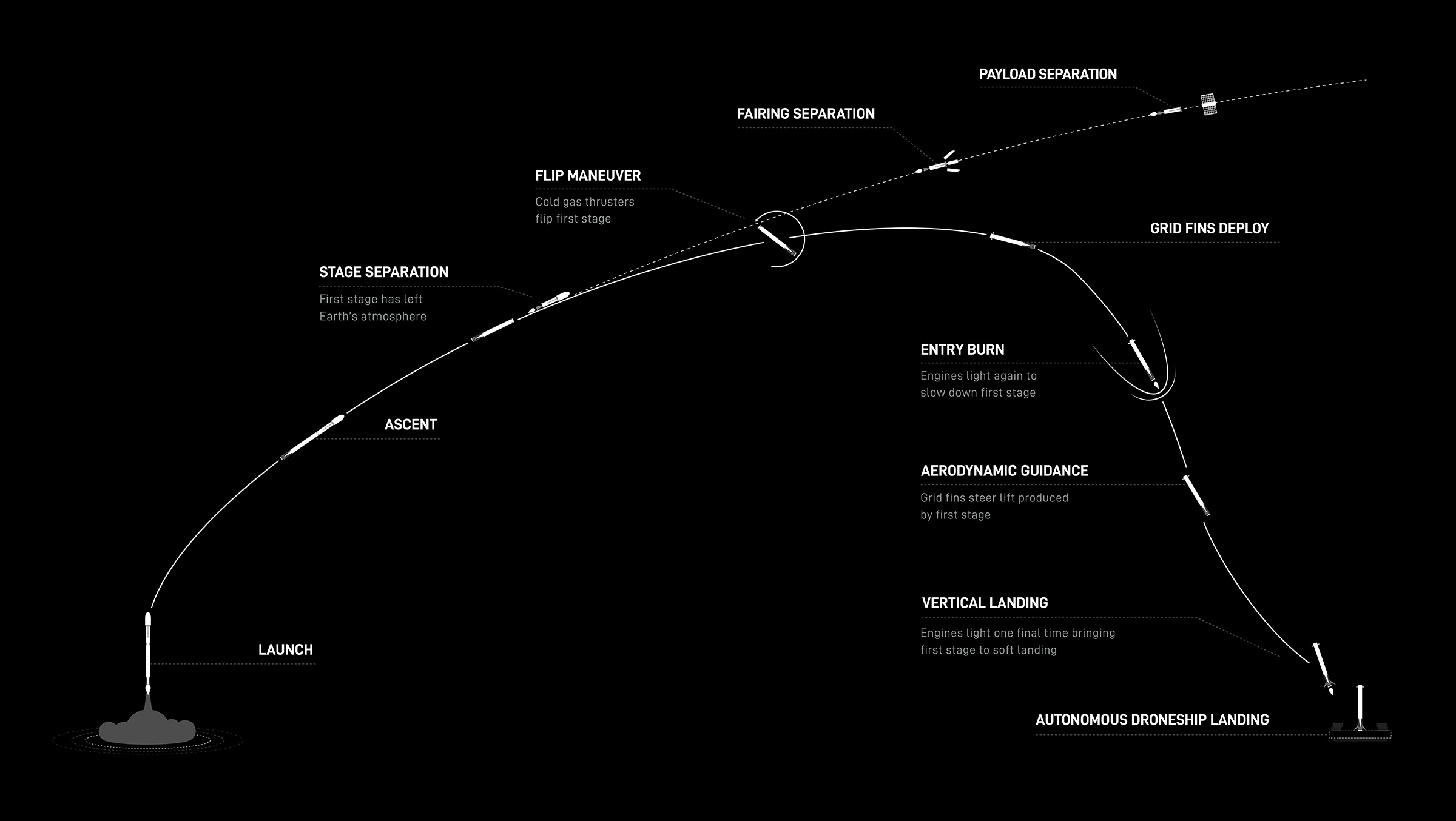
Following this latest 29th dedicated batch that brings the total number of Starlink satellites launched to 1,737 internet satellites. That includes earlier prototypes mostly from the first launch as well as the 10 Starlink sats launched to polar orbit on the last Falcon 9 launch on Transporter-1 mission on Jan. 24. Check out our earlier story and photos
The actual number of Starlink satellites is estimated to be at least 60 less due to some earlier versions being intentionally deorbited due to malfunctions or other reasons
Astronomer Jonathan McDowell keeps a running tally of Starlink at this page
https://planet4589.org/space/stats/megacon/starbad.html
According to McDowell SpaceX had about 1,574 Starlink satellites operational in orbit prior to the L28 mission
Thus the initial internet constellation goal of 1440 satellites has been far exceeded to roll out initial beta testing service in swatchs of the northern hemisphere in North America and Europe
SpaceX plans to launch many thousand more – well over 12,000 – to achieve global broadband internet service.
To date over half a million people have signed up for Starlink service in the US, Canada, the United Kingdom, Germany, New Zealand, Australia, France, Austria, Belgium, and the Netherlands.
SpaceX says they have received over half a million orders for Starlink service.
The 500 pound flat panel Starlink satellites are being mass produced and manufactured by SpaceX in Redmond, Washington.
Watch this SpaceX tweeted liftoff video:
Liftoff! pic.twitter.com/gqed73GoiQ
— SpaceX (@SpaceX) May 26, 2021
SpaceX also launched a used Falcon 9 on April 23 on the Crew-2 mission of 4 astronauts for NASA to the ISS. Check out our articles/photos
Watch Ken’s continuing reports about Starlink, Mars 2020 Perseverance and Curiosity rovers, Artemis and NASA missions, SpaceX, Commercial Crew Starliner and Crew Dragon and onsite for live reporting of upcoming and recent SpaceX and ULA launches including Crew 1 & 2, Demo-2, ISS, X-37B, Solar Orbiter, NRO spysats and national security missions and more at the Kennedy Space Center and Cape Canaveral Space Force Station.
Stay tuned here for Ken’s continuing Earth and Planetary science and human spaceflight news: www.kenkremer.com –www.spaceupclose.com – twitter @ken_kremer – email: ken at kenkremer.com
Dr. Kremer is a research scientist and journalist based in the KSC area, active in outreach and interviewed regularly on TV and radio about space topics.
………….
Ken’s photos are for sale and he is available for lectures and outreach events
Please consider supporting Ken’s work by purchasing his photos and/or donating at Patreon:
https://www.patreon.com/kenkremer
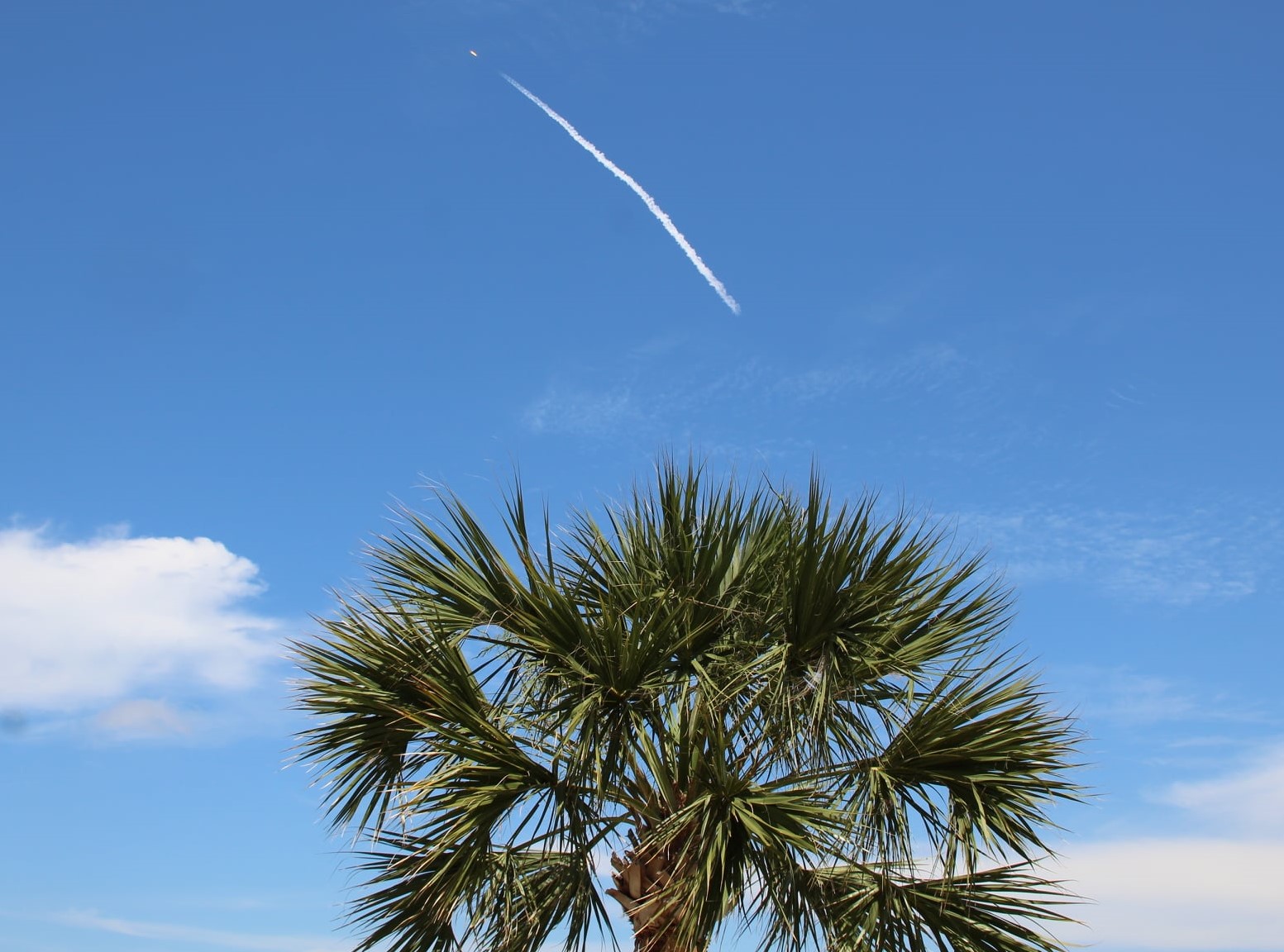
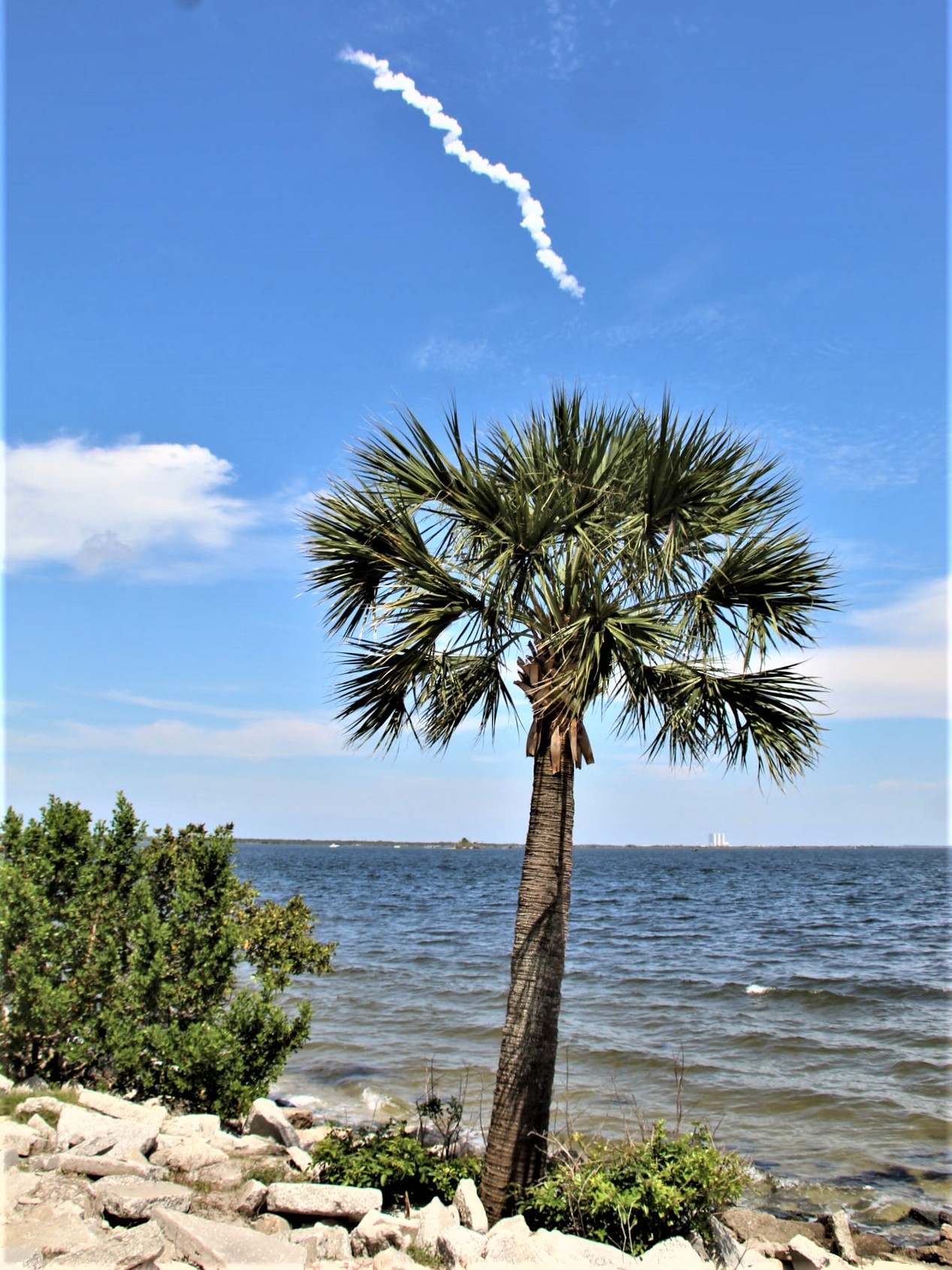
x



